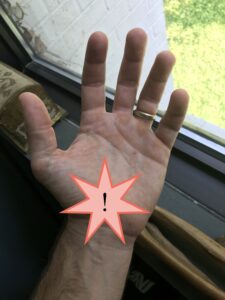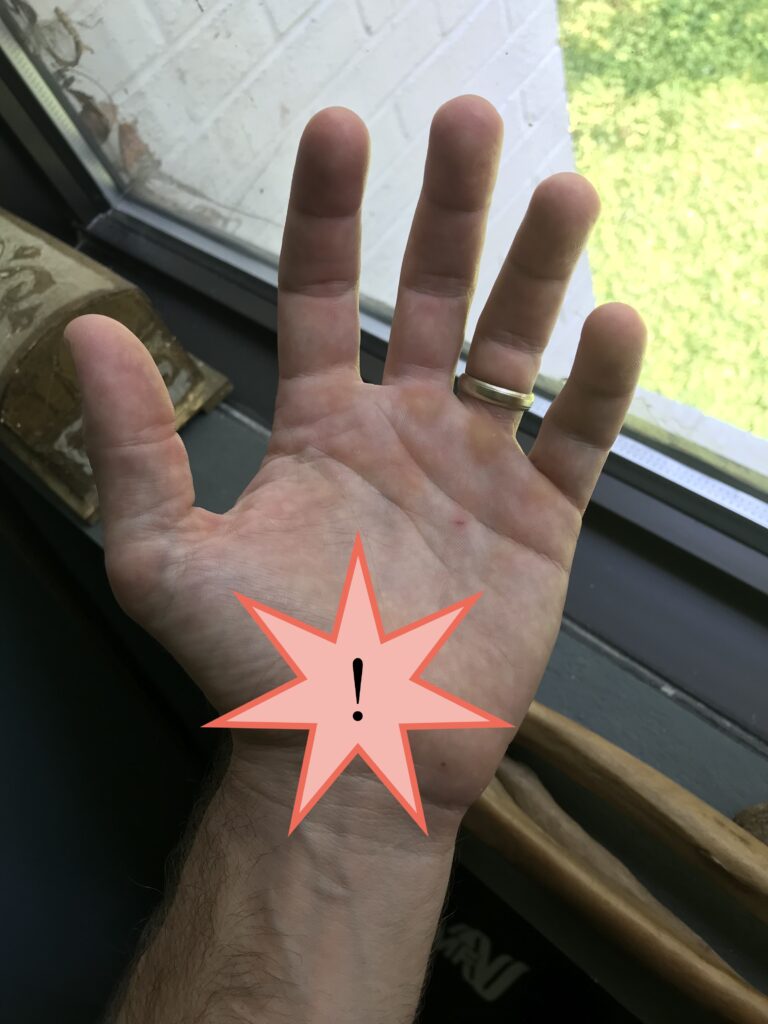Is It Normal To Have Pain After Carpal Tunnel Release?
 Carpal tunnel release surgery, especially minimally invasive ultrasound-guided carpal tunnel release offered by carpal tunnel specialist Dr. Johnny Nelson, is a great way to cure your carpal tunnel for good. The numbness, pain, tingling, waking up at night, difficulty with activities you love can all be treated with this procedure. It uses a simple “poke” incision, with NO anesthesia or IVs, NO painful tourniquet, taking 5-10 minutes, and both sides can be treated at the same time.
Carpal tunnel release surgery, especially minimally invasive ultrasound-guided carpal tunnel release offered by carpal tunnel specialist Dr. Johnny Nelson, is a great way to cure your carpal tunnel for good. The numbness, pain, tingling, waking up at night, difficulty with activities you love can all be treated with this procedure. It uses a simple “poke” incision, with NO anesthesia or IVs, NO painful tourniquet, taking 5-10 minutes, and both sides can be treated at the same time.
But is it normal to have pain after carpal tunnel release surgery?
Yes! But to fully answer that question you should understand what happens during carpal tunnel release surgery.
Carpal tunnel is caused by pressure at the wrist and base of the palm. Here an important nerve called the median nerve runs through a tight tunnel with several tendons. Because there is limited space in this tunnel, any swelling leads to problems with the nerve in this narrow tunnel.
Carpal tunnel release surgery slightly “widens” the tunnel and gives the nerve and tendons more “room to breathe.” To do this Dr. Nelson releases a ligament that is the “ceiling” of the tunnel. This is very effective in relieving your carpal tunnel symptoms. For example, patients who have the symptom of waking up at night will notice that this symptom is gone even on the night following the procedure.
However, it is normal to experience discomfort or pain at the base of the palm after carpal tunnel release surgery. This is commonly called “pillar pain.”
There is no “one size fits all” healing after carpal tunnel release. While Dr. Nelson does not restrict your activities after ultrasound-guided release, every patient is a little bit different. While some patients go back to using heavy tools at 3 or 5 days after surgery, some patients even at 2 or 3 months may have some fatigue, soreness, and aching pain with heavier, repetitive activities. However these cases are the exception rather than the rule, since the vast majority of patients will have this “pillar pain” for only 1 to 3 weeks after the procedure.
The other reason that pillar pain happens is that the muscles at the base of the thumb attach on to the ligament that is being released. Because the thumb is very important in the use of your hand, many activities that cause the thumb muscles to move may lead to discomfort especially in the weeks following carpal tunnel release.
How painful is pillar pain?
Usually patients are so happy to be free of carpal tunnel symptoms that they are not very bothered by pillar pain. They can sleep a full night again! Even in cases of more severe pillar pain, patients are able to take care of themselves: They can dress themselves, use the bathroom independently, perform simple food preparation and chores around the house, etc. The activities that they notice are limited are usually heavier activities (using heavy tools, opening a very tight bottle cap, wringing out a dish rag) or repetitive activities (brushing hair, cutting fabric).
To understand the healing process, it is helpful to think of it in terms of “hardening”. This is the name given to the healing process after carpal tunnel release. As mentioned, carpal tunnel release involves dividing a ligament, over time other tissues near the ligament “pick up the slack” and perform the duties of the old ligament, however it takes time for the new tissue to harden and reorient the tissue fibers to perform this activity well.
Are you or someone you love suffering from effects of carpal tunnel syndrome? Call 919-872-5296 today to make a visit with Dr. Johnny T. Nelson, the North Carolina Carpal Tunnel Specialist, to see if you are a candidate for ultra minimally invasive carpal tunnel release with real-time ultrasound guidance!
Is It Normal To Have Pain After Carpal Tunnel Release? Read More »



